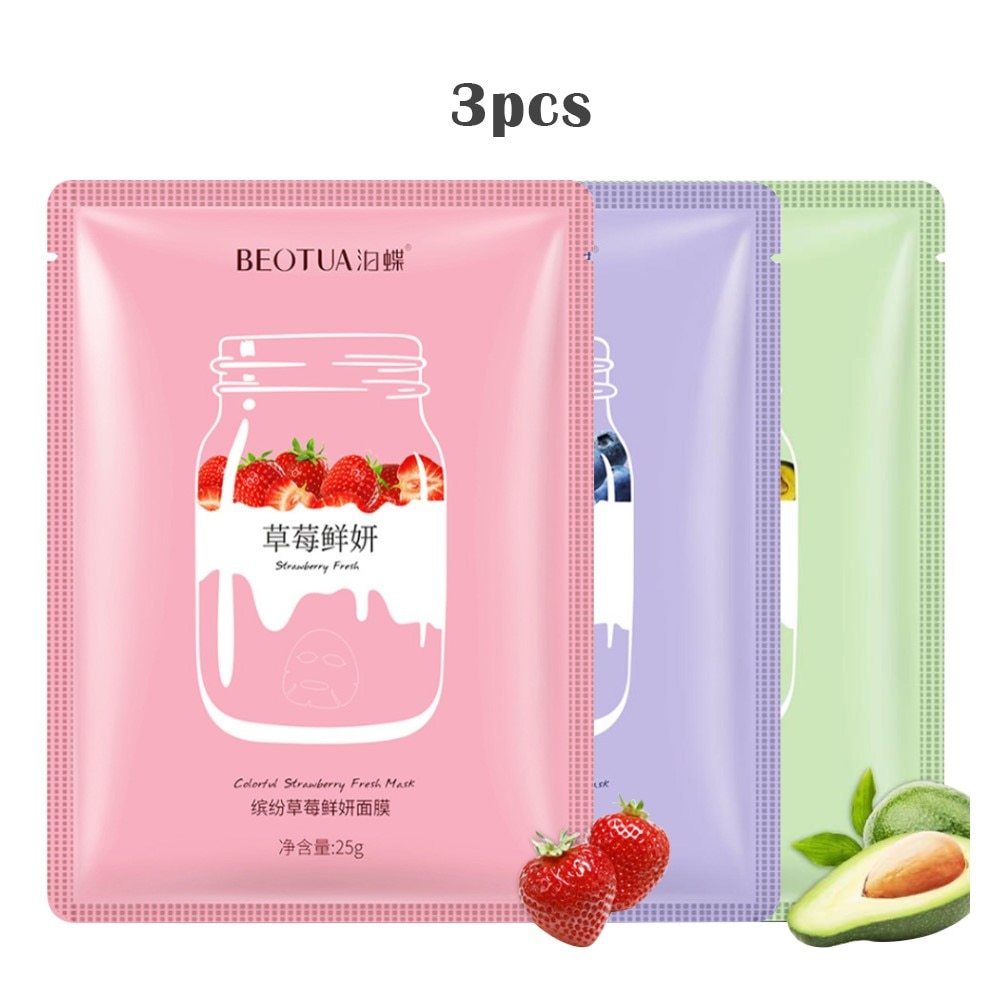

You’ll find them on an ingredient list abbreviated as DEP, BBzP, DBP, and DEHP. On a related note, phthalates, which help fragrances last longer, are a group of chemicals used to keep materials and products (nail polishes, hair sprays, plastics) pliable. Fragrances are considered a trade secret and, therefore, do not have to be disclosed. The word fragrance is a catchall term that can disguise up to 3,000 synthetic or natural chemicals used to make a beauty product smell delicious. FDA scientists have reopened investigations into parabens and cosmetics several times and continue to monitor new data, but their conclusion remains, “At this time, we do not have information showing that parabens as they are used in cosmetics have an effect on human health.” Fragrances and Phthalates All five are still approved for use in the United States. The European Commission banned several types of parabens for use in personal care products: isopropyl-, isobutyl-, phenyl-, benzyl-, and pentylparabens. A 2019 study also found a link between paraben exposure and gestational diabetes mellitus. The authors of the previous study noted that “toxicological risk assessments in humans do not take into account simultaneous exposure,” meaning the risks to the fetus are still unknown. They’re also easily absorbed: Pregnant women who used more personal care products had a greater amount of parabens in their urine, according to a 2014 study published in Reproduction. Exposure to parabens through beauty products was recently linked to early onset puberty in girls, according to a study published in Human Reproduction. The problem: Studies confirm that parabens mimic estrogen in the human body, with evidence linking them to reproductive organ harm, thyroid disruption, hormone-related cancers, and obesity. Parabens are a group of preservatives and antimicrobial chemicals that prevent the growth of nasty things like bad bacteria and mold in your beauty products. Parabens | Fragrances | Aluminum Compounds | Ethoxylated Agents | Formaldehyde | Refined Petroleum | Hydroquinone | Talc | Triclosan | Silica | Oxybenzone Parabens Below, the most common beauty ingredients of concern and the reasons why they’re so notorious. Clean Beauty 101Ĭlean beauty is a spectrum, but a case can be made that some ingredients should be avoided altogether. To separate science from science fiction, we spoke with leading beauty experts pored over studies and data and swiped, swatched, and spritzed hundreds of clean hair and skin care products to get to the root of what it really means to be clean and natural in the realm of beauty. Should you be concerned? And where do you even start on a path to a cleaner beauty routine? And while the European Union has banned more than 1,000 chemicals common in personal care products, the United States has banned just 11. The Food and Drug Administration (FDA) has no authority to recall toxic beauty products unless a manufacturer volunteers. Not only is the beauty industry self-regulated (meaning anyone can make a “clean beauty” claim with no oversight), but America’s cosmetic regulations for safe products is 81 years old-older than most modern beauty companies. But with more options than ever before-you don’t need to stray far from the drugstore to find a natural version of your favorite skin care, makeup, and hair care products-there comes more opportunity for greenwashing.



Nearly 50 percent of women are already using clean beauty products, according to a Harper’s BAZAAR poll of more than 1,000 women across all ages, races, and ethnicities, and more than 60 percent of women would be willing to splurge on one. But what does clean beauty even mean? Can you trust all-natural labels? And are nontoxic products important? From parabens, phthalates, and sulfates to oxybenzone, triclosan, hydroquinone, and artificial fragrances, these dirty beauty words are fear inducing enough to elicit a Marie Kondo-style purge of your entire bathroom cabinet, even in the most apathetic among us.
SILICA IN SKIN CARE FULL
You don’t need the last name Paltrow, a standing gua sha appointment, or a shelf full of powdered mushroom extracts to care about the ingredients in your beauty products.


 0 kommentar(er)
0 kommentar(er)
